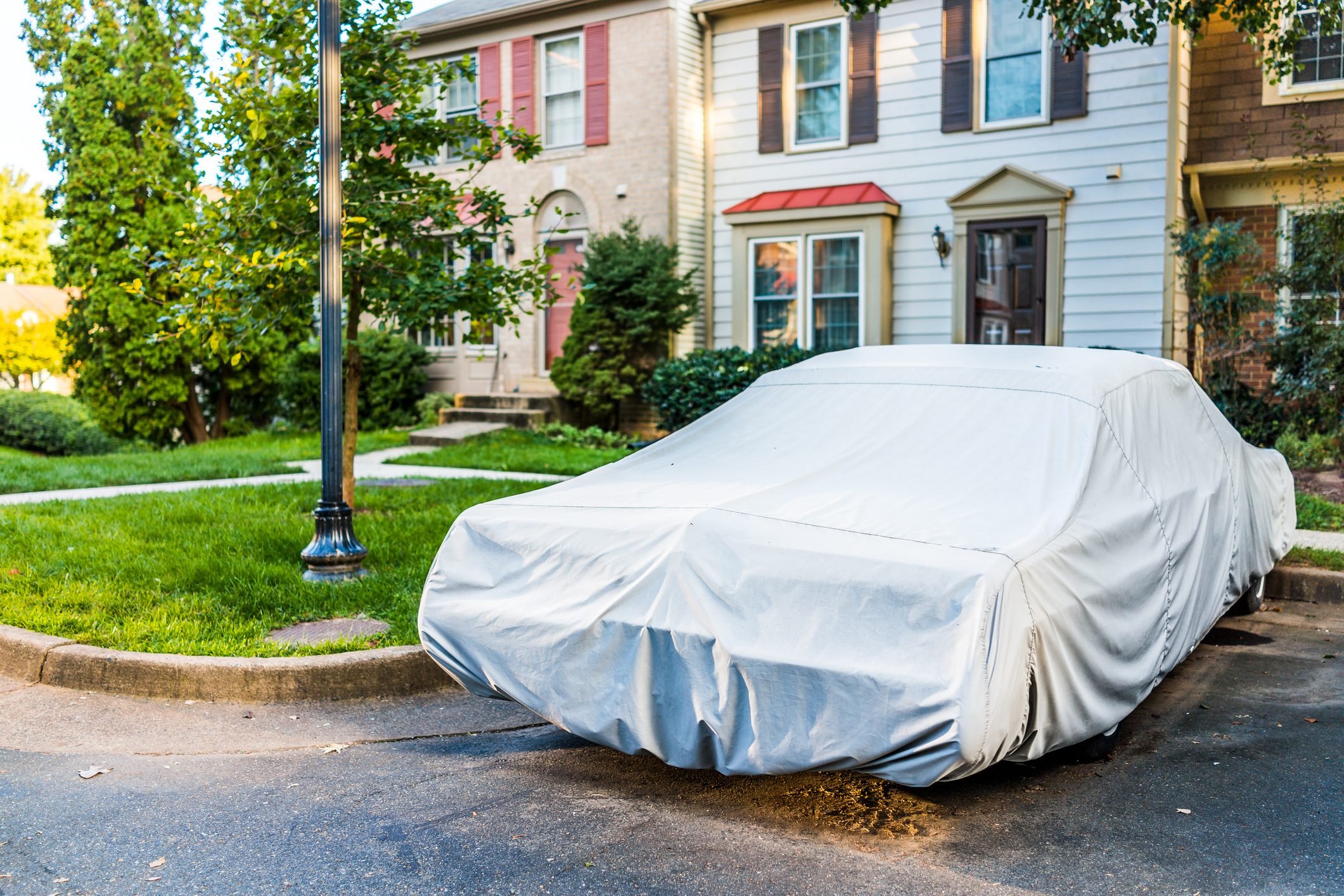
Dangers everywhere!
The world is full of big and small dangers for your car. Of course, you want to avoid things like accidents that can compromise the structural integrity of your vehicle, service problems you’ll regret ignoring, and even potential damage to your car’s interior from coffee spills, kiddie art, pet messes, and more. But your car’s paint job is equally at risk—from everyday things you likely don’t even realize are threats. That’s why we asked auto experts to share what they try to keep far, far away from the exterior of their cars. This information won’t just keep your car looking brand-new, though that certainly is a bonus. It can also add years to its life and save you thousands of dollars in repairs. Once you’re up to speed, find out the dozens of things your car mechanic won’t tell you.
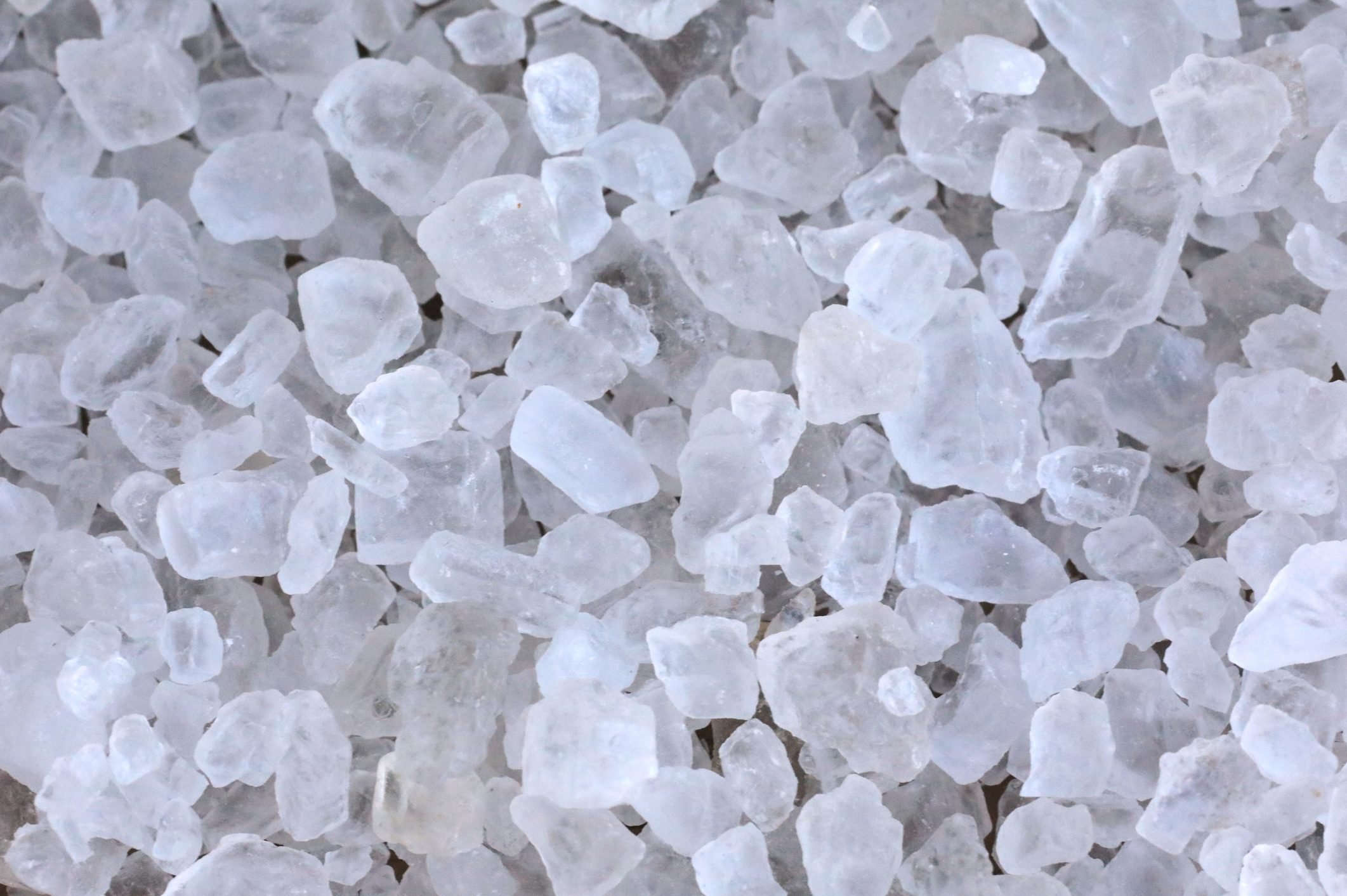
Road salt
While you certainly don’t want to slip and slide in wintry conditions, that deicing salt poses a serious threat to your car. “In areas with heavy snowfall, road salt can become a major issue for your car’s exterior because the free-radical ions found in road salt react with the precipitation and car metal, causing rust,” says Kaitlyn Short, Senior Content Editor for BestCompany.com’s automotive vertical. Your car’s undercarriage will likely take the brunt of the abuse, so you might not see the full extent of the problem right away, but it will also damage and corrode your vehicle’s paint job.
While auto enthusiasts try to steer clear of salt-treated roads, sometimes you just can’t avoid them. That’s when Short suggests taking action to minimize potential damage. “Prevent rust by washing your car after major snowstorms,” she says, “being careful to wash during the warmest part of the day to avoid freezing your doors or trunk shut.” Renting a car for a road trip is one way to eliminate some road-salt damage on your own personal vehicle.
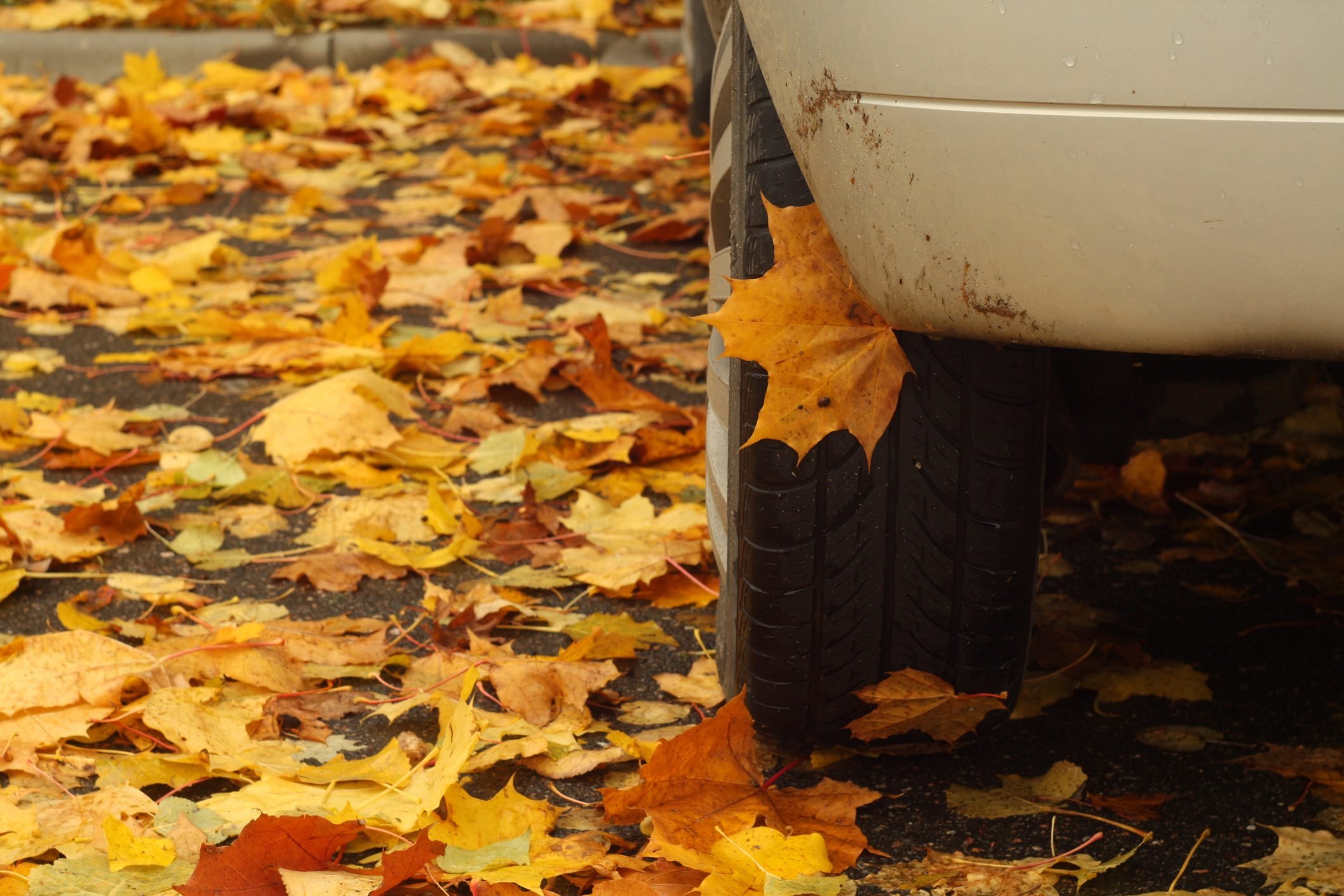
Tree sap
Never, ever park beneath a tree, says Lauren Fix of Car Coach Reports. “The sap that can drop on the vehicle is difficult to remove at times and can cause damage to the finish,” she explains. While it won’t immediately damage your car’s paint, according to Cars.com, “over time, the sap can etch through the paint’s clear coat, leading to discoloring and staining.” To remove tree sap, pour a few drops of a bug and tar remover directly onto a clean cloth and let it sit on top of the sap spot for 30 seconds before scrubbing it clean. Check out these 15 things people who always have clean cars have in common.
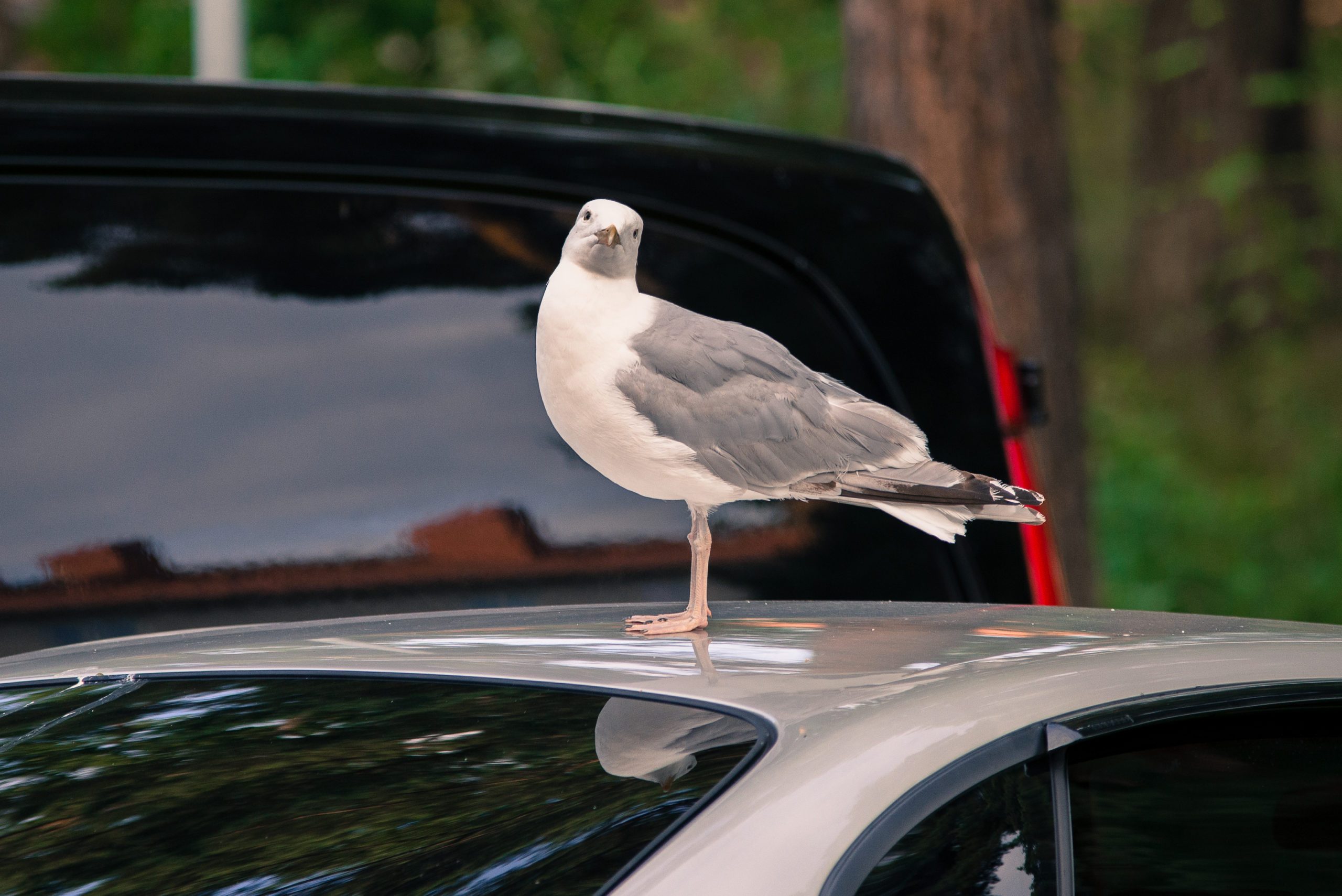
Bird poop
When you’ve gotta go, you’ve gotta go. Unfortunately, that’s very much the case with our flying friends, so bird poop can be hard to avoid. The problem is that it can end up costing you thousands. According to Zach Shefska, cofounder and CEO of Your Auto Advocate, research has found that “as paint lacquer warms—in the direct summer sunshine, for example—it softens and expands. At the same time, that heat dries and hardens any bird droppings on the surface. Autoglym’s researchers discovered that as the paint lacquer cools overnight, it contracts, hardens, and molds around the texture of the bird dropping. To the naked eye, this molding at a microscopic level appears as dulled or etched paintwork. The light’s reflection is interrupted by the imperfect surface, unlike the undamaged paint surrounding it, which gives a clearer reflection.”
To avoid potential problems, park in a garage whenever possible. But if some does plop down onto your paint job, your best bet is to wash it quickly and wipe it down with a smooth rag, notes Zoriy Birenboym, CEO of eAutoCollision.com and eAutoLease.com. Consult this thorough list of car maintenance tips to extend the life of your vehicle.
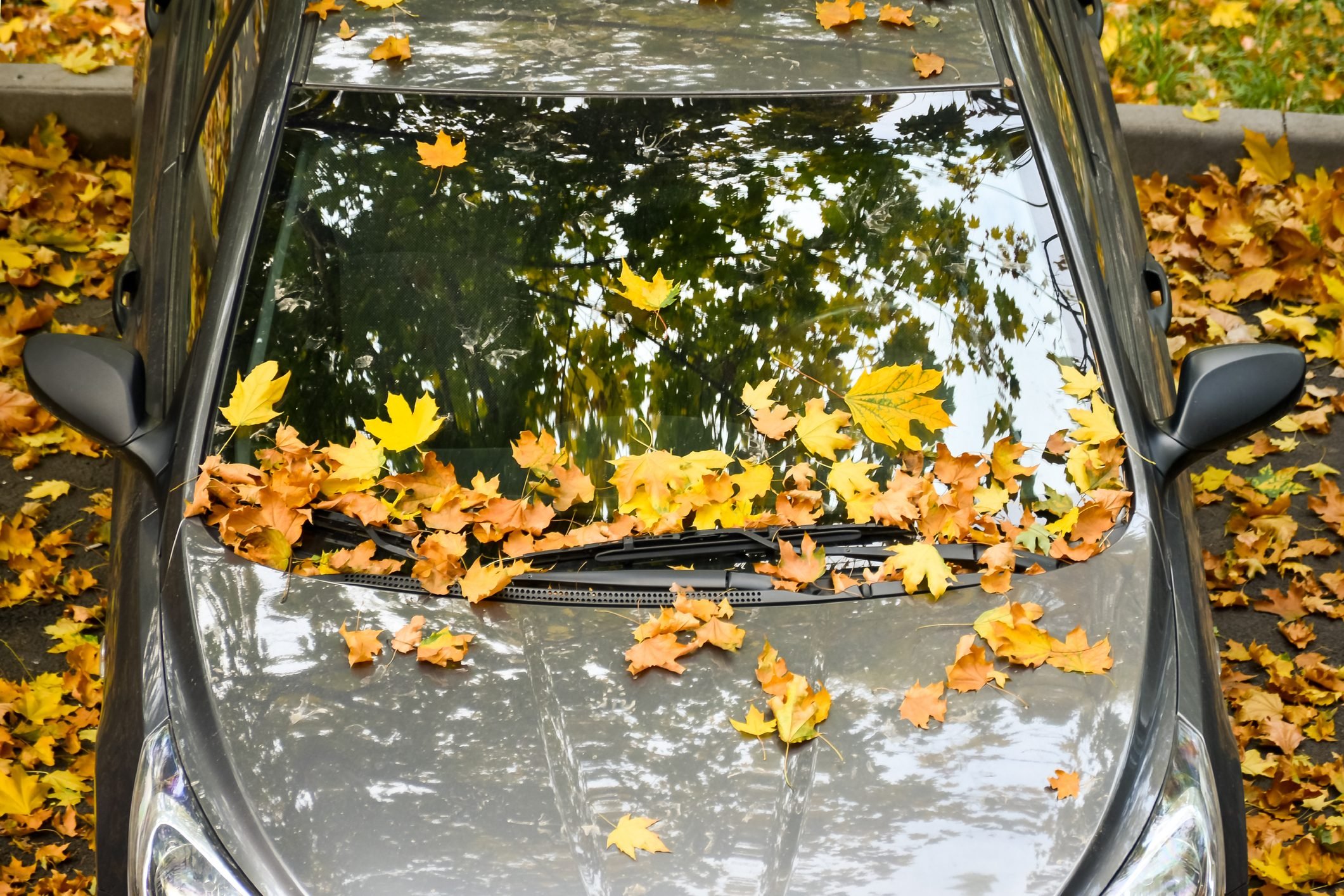
Leaves
Leaves can be difficult to avoid, especially in the fall, but their residue can do a ton of damage to your car’s finish. “As leaves decay, they release acids like sap and pollen that harm a vehicle’s painted surfaces,” explains Rob Harper, Director of U.S. Retail Operations at Ziebart International Corporation. The leaves of each tree react differently to your vehicle’s exterior, but the compounds that leach out of wet leaves damaged unprotected paint in a matter of hours. Diving more into the science of leaf damage, Harper explains that “with the warm days and cool nights of autumn, the metal exterior beneath the paint expands and contracts. This warming and cooling lets in even more acid, which then deteriorates the paint, leaving leaf-shaped stains over the body of your car. When the leaves are wet or rotting, this process is escalated even further.”
To protect your car’s paint job, remove leaves as soon as you see them on your car. But Harper warns that you should do so carefully and gently, because aggressively brushing off those leaves might leave scratches. Another way to protect your car? Keep it out of the line of fire altogether by not parking under trees when at all possible. To make your car sparkle, learn these 13 cleaning tricks car washers won’t tell you.
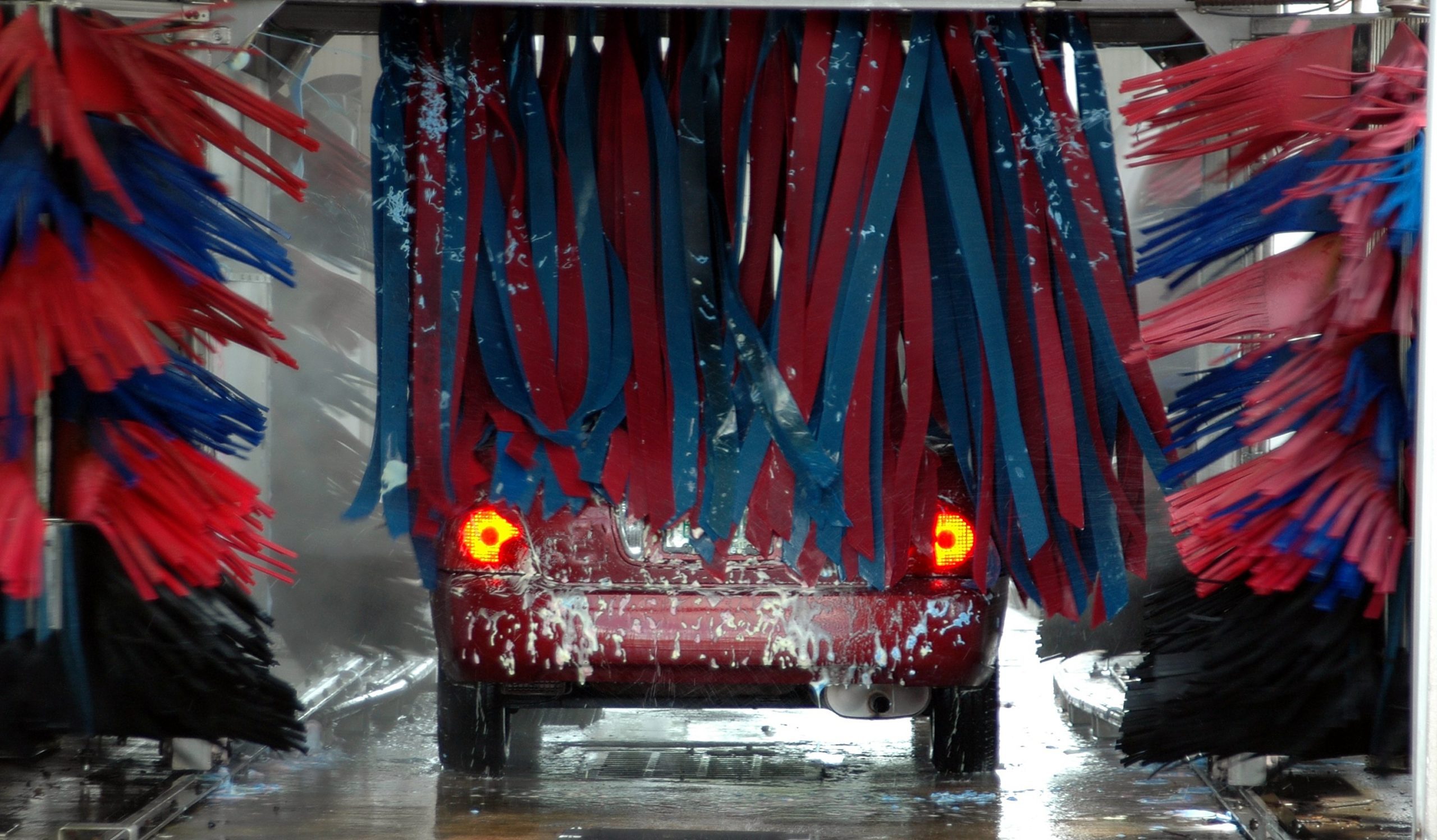
Car washes
Hold on—isn’t it good to keep your car clean? Yes…but car washes can be problematic. Thomas Pederson, an amateur home mechanic and the owner of Vekhayn, says he’ll never opt for a “touch-included” car wash (i.e., when cloth strips and rollers come in contact with your car). “Many people love getting car washes to make their cars shiny and look stunning, but more often than not, [touch-included or soft-touch] car washes end up scratching and wearing away your paint very bad,” he explains. “Plus, most of these car washes are not the right size for your car and can be incredibly rough on your vehicle, almost simulating a car accident with the force some of the ‘touch-included’ cleaning tools.”
Circumvent this problem by taking matters into your own hands. Fill up a bucket with warm water and gentle soap, and wash your car with a chenille microfiber wash mitt. Not only will this save you a lot of money in the long run, says Pederson, but it will also keep your car looking sharp. Here are more things you should never do to your car.
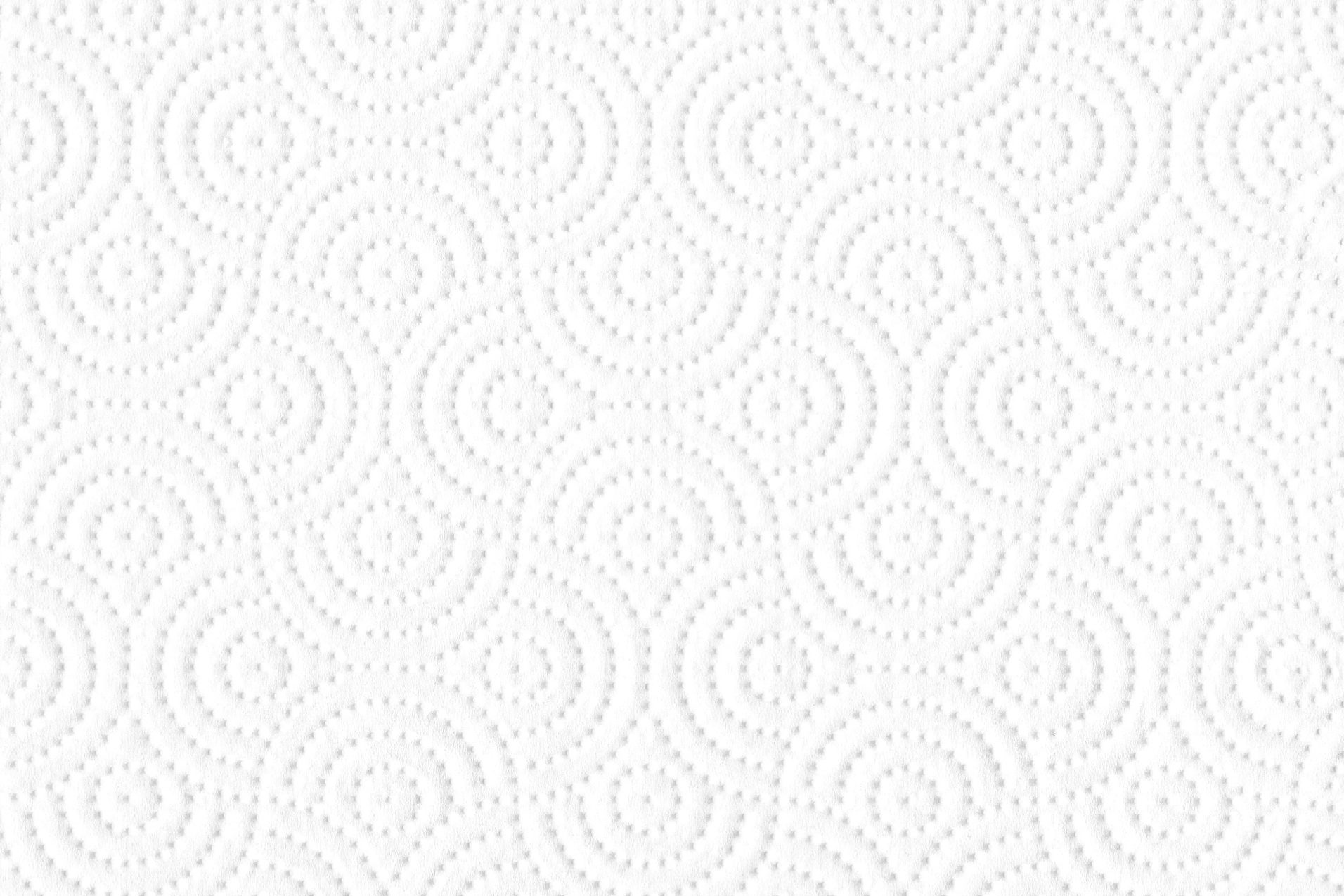
Paper towels
Melanie Musson will use paper towels on her headlights, but that’s it! The auto expert at Car Insurance Comparison says that while they likely won’t cause major damage, paper towels can scratch your paint and dull your finish. “The fibers in paper towels are made out of wood, and you wouldn’t wipe down your car with a branch!” she says. While she admits that this is an extreme analogy, you get the point: It’s a bad idea. The softened and broken-down tree fibers in paper towels are still abrasive, and in fact, they’re similar to fine sandpaper. Instead, use a soft cotton rag or even old, cut-up cotton undershirts to get the job done safely and effectively.
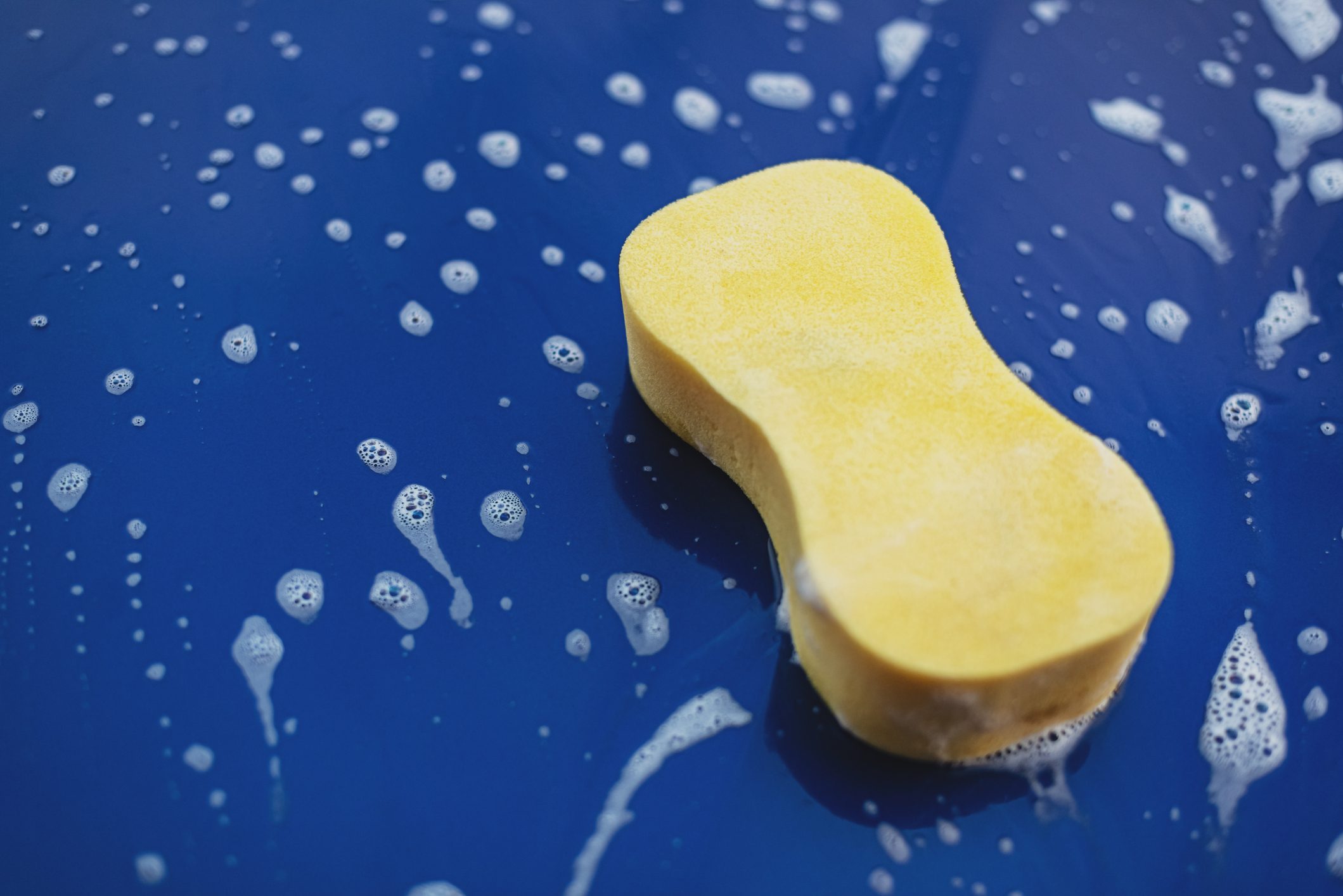
Sponges
Most sponges never truly get clean, warns Musson. Instead, they tend to grab dirt and hold onto it. This means that while you think your soapy sponge is cleaning your car, it may be actually grinding dirt and sand into your paint job. Fortunately, there are better products—like microfiber mesh sponges—that are safe for your car’s exterior paint and windows alike. Of course, your car’s exterior isn’t the only thing you need to think about. Here’s exactly how you should clean your car’s interior.
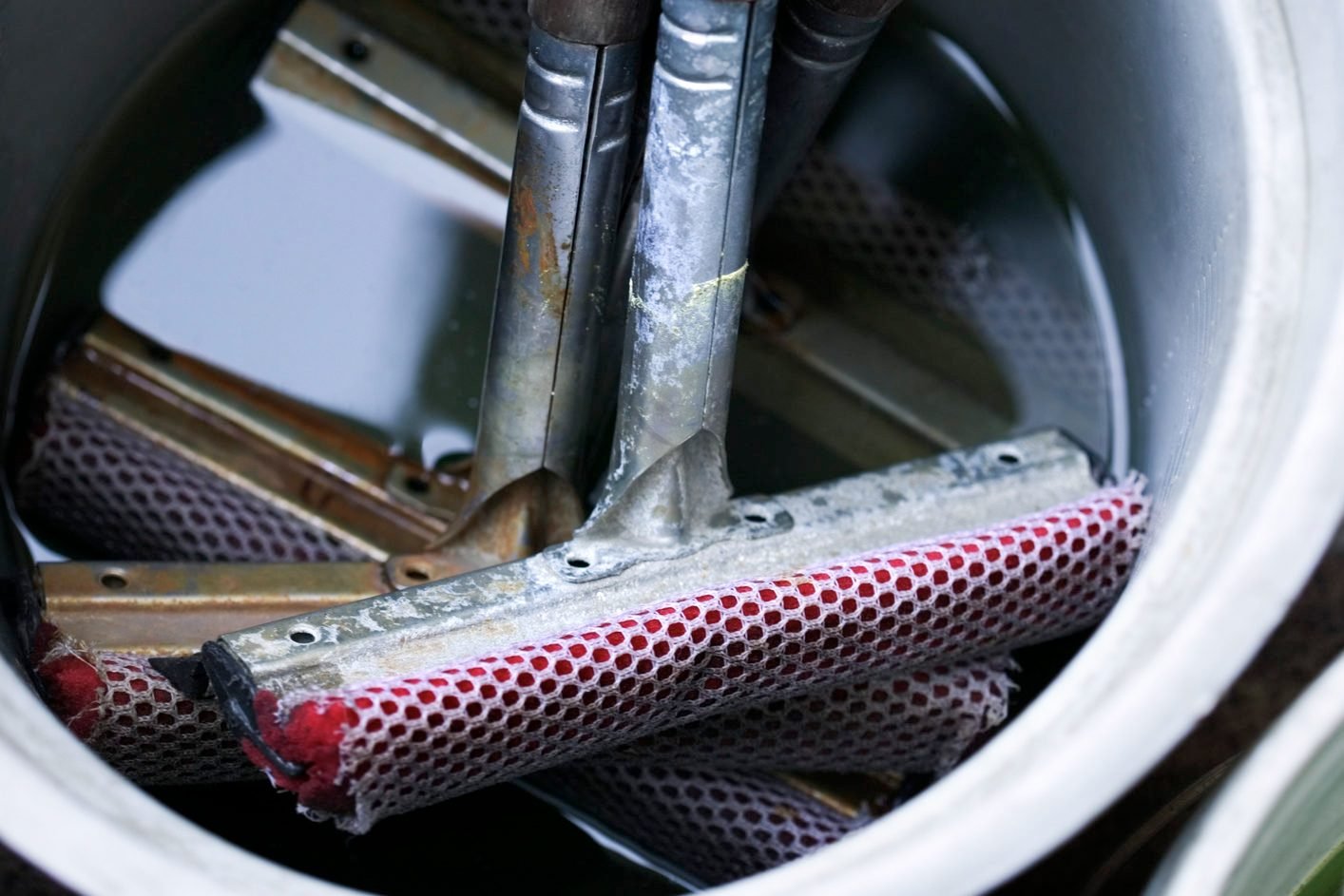
Gas station squeegees
Everyone who has ever road-tripped or reached 70 mph on a highway knows the struggle of smashed bugs on the windshield. That’s why it’s so tempting to use that squeegee to wash your windows and bug-splattered hood while you fill up your tank at the gas station. But Musson says you should skip it: Those seemingly helpful window scrubbers may be carrying abrasive dirt that could scratch your paint job. So even if your hood and roof are splattered with mud, bugs, or dust, use squeegees only on windows.
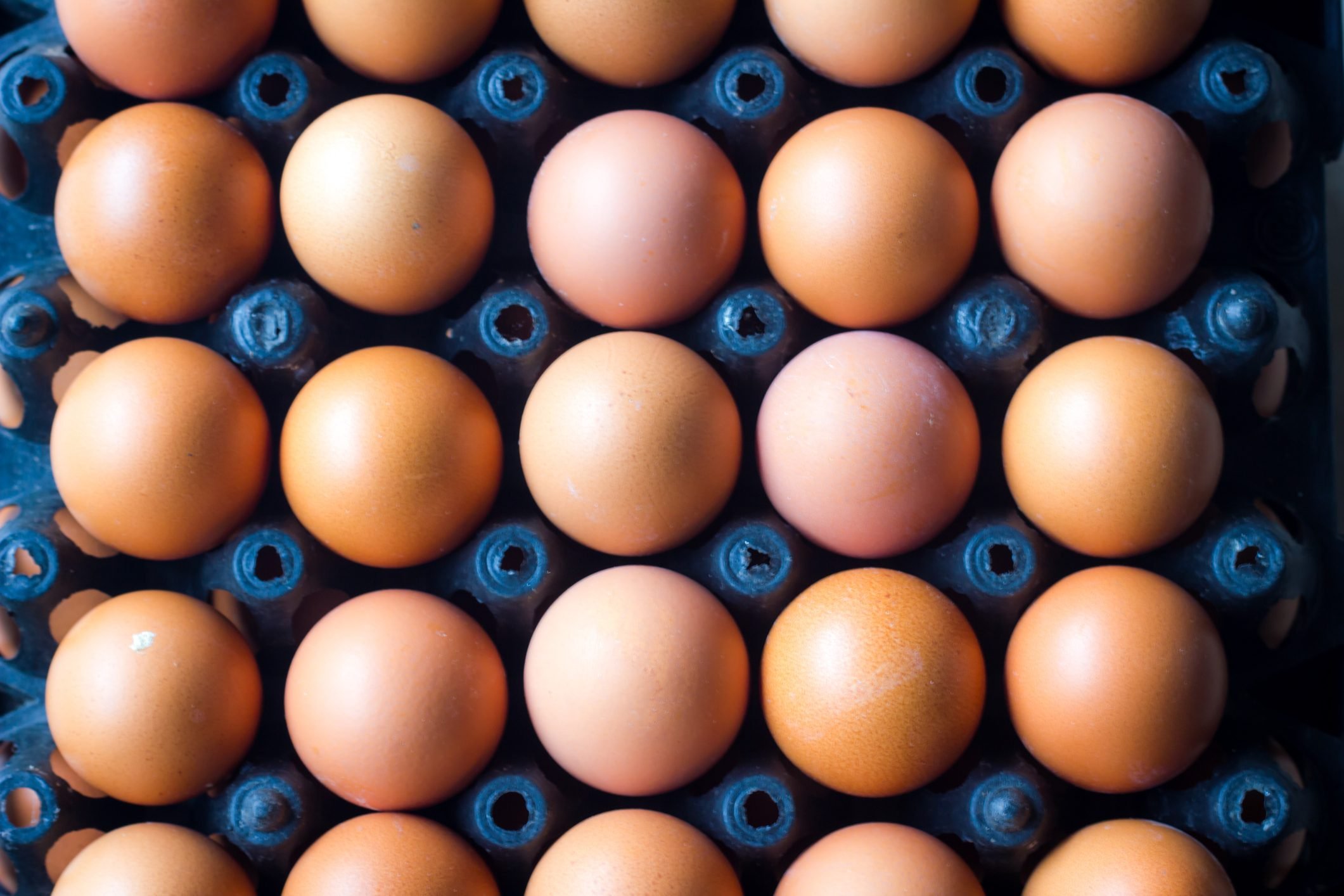
Acids
“It’s obvious you should protect a vehicle’s paint from anything that contains or produces acid, but what may not be obvious are all of the things in the world that contain acids,” says Harper. He explains that almost everything organic has some level of acidity, including fallen berries, beverages like colas and coffee, and eggs (whether they fall from a nest or get thrown on your car by rowdy teenagers). Because washing your car every time you hit a bug on your way to work isn’t practical, Harper suggests a seasonal wax for protection to keep your car’s finish in tip-top shape. While this is mostly about aesthetics, you should also know these 13 ways you’re shortening the life of your car.
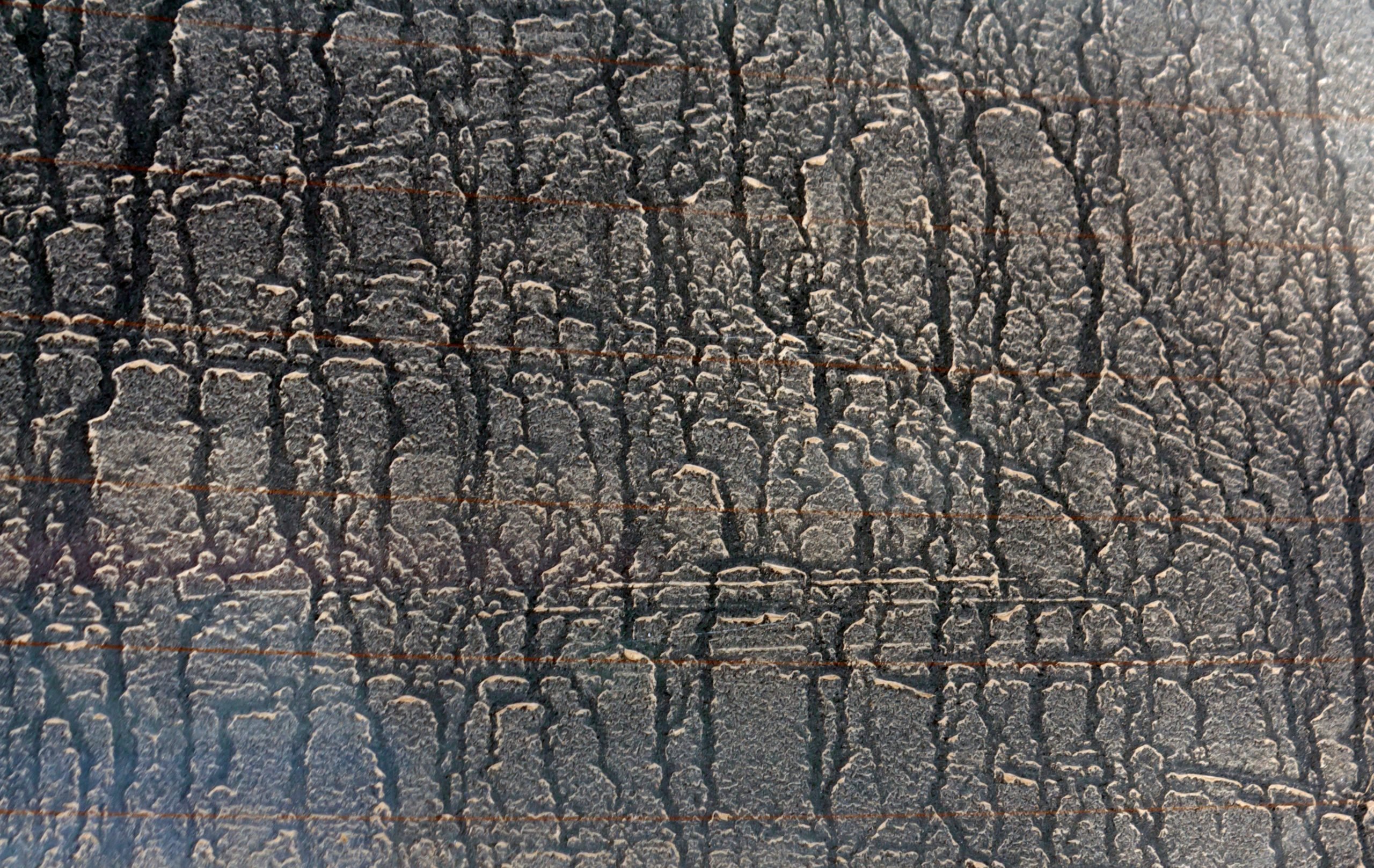
Dust
It seems so light and delicate (albeit dirty), but dust is more abrasive than you think. That goes for the dust accumulated from driving down a dry, dirt road or the dust that lands on your car when you don’t use it for a while. But instead of simply wiping it off, which can severely damage the clear coat, Harper recommends rinsing away as much of the grit as possible before touching the painted surfaces with a cloth or brush. “Use a hose nozzle that will give you the highest pressure, combined with the most water volume possible,” he advises. “When you think you’ve rinsed it enough, rinse it again.” Only then should you use a clean microfiber cloth or mitt, along with a soap designed for vehicle paint. “Once your car is completely clean, rinse it again, and then dry it with either a clean chamois or a clean microfiber towel to avoid water spotting.”
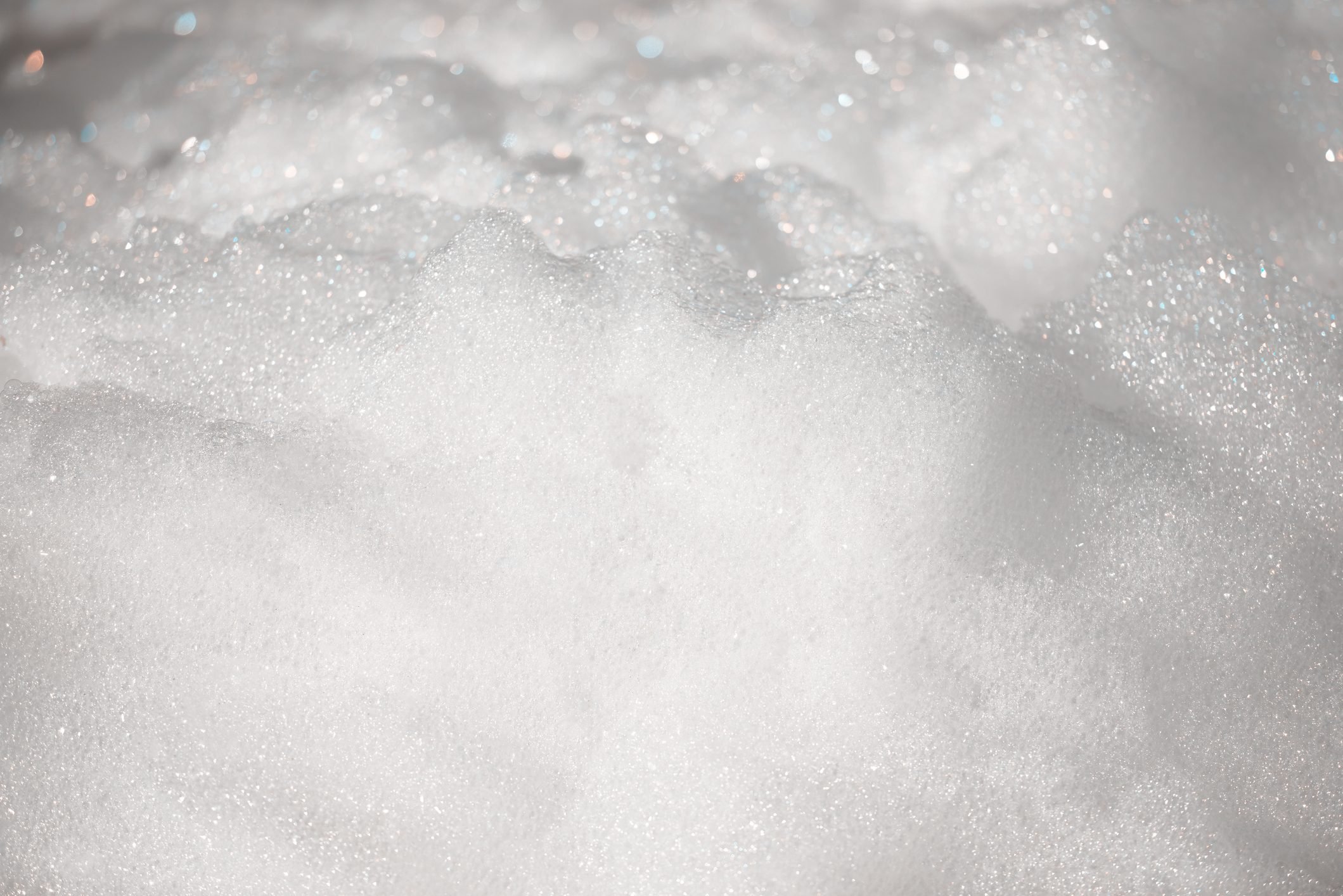
Dish soap
Not all soap is created equal—and not all of it is for cars. “Dish soap can strip off all of the wax and all of the protectant that is on the paint and leave the clear coat very dull,” explains Fix. Also, it’s very important to remember that “household products belong in the home, while automotive products are necessary for appropriate cleaning.”
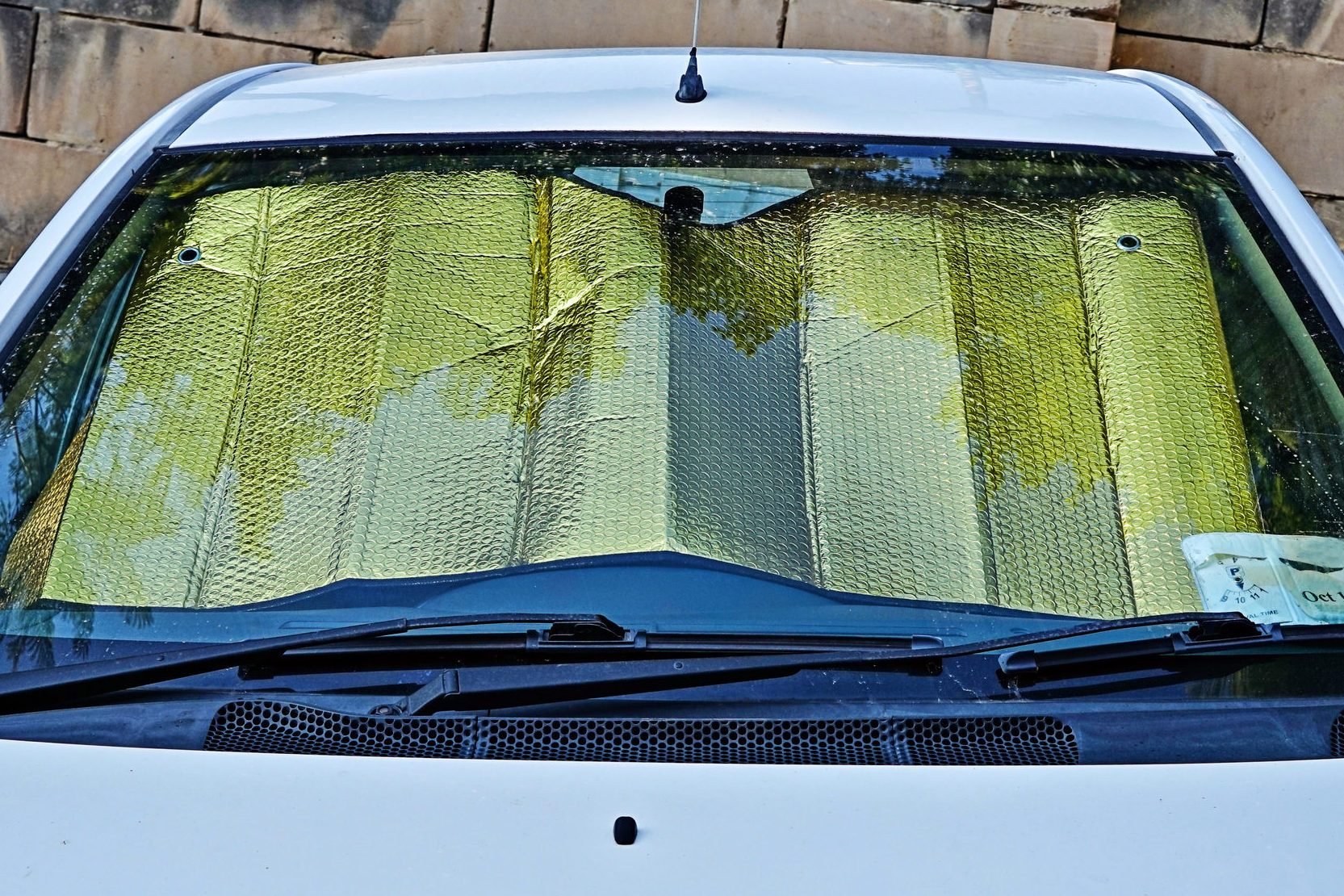
Extreme heat
Utah Auto Spa knows a thing or two about maintaining automotive exteriors, and they’re particularly concerned about extreme heat caused by the sun’s UV rays. It can cause the paint to crack and the rubber and plastic trim to break down, not to mention make the upholstery fade. The auto spa recommends a wax, sealant, or other protective coating because it acts “like a kind of sunscreen—the reflective properties of these materials keep the most harmful parts of the sun away while also giving your car a beautiful shine.” Heat can cause a number of other problems, as well, and it’s the reason you should never leave some of these things in your car.
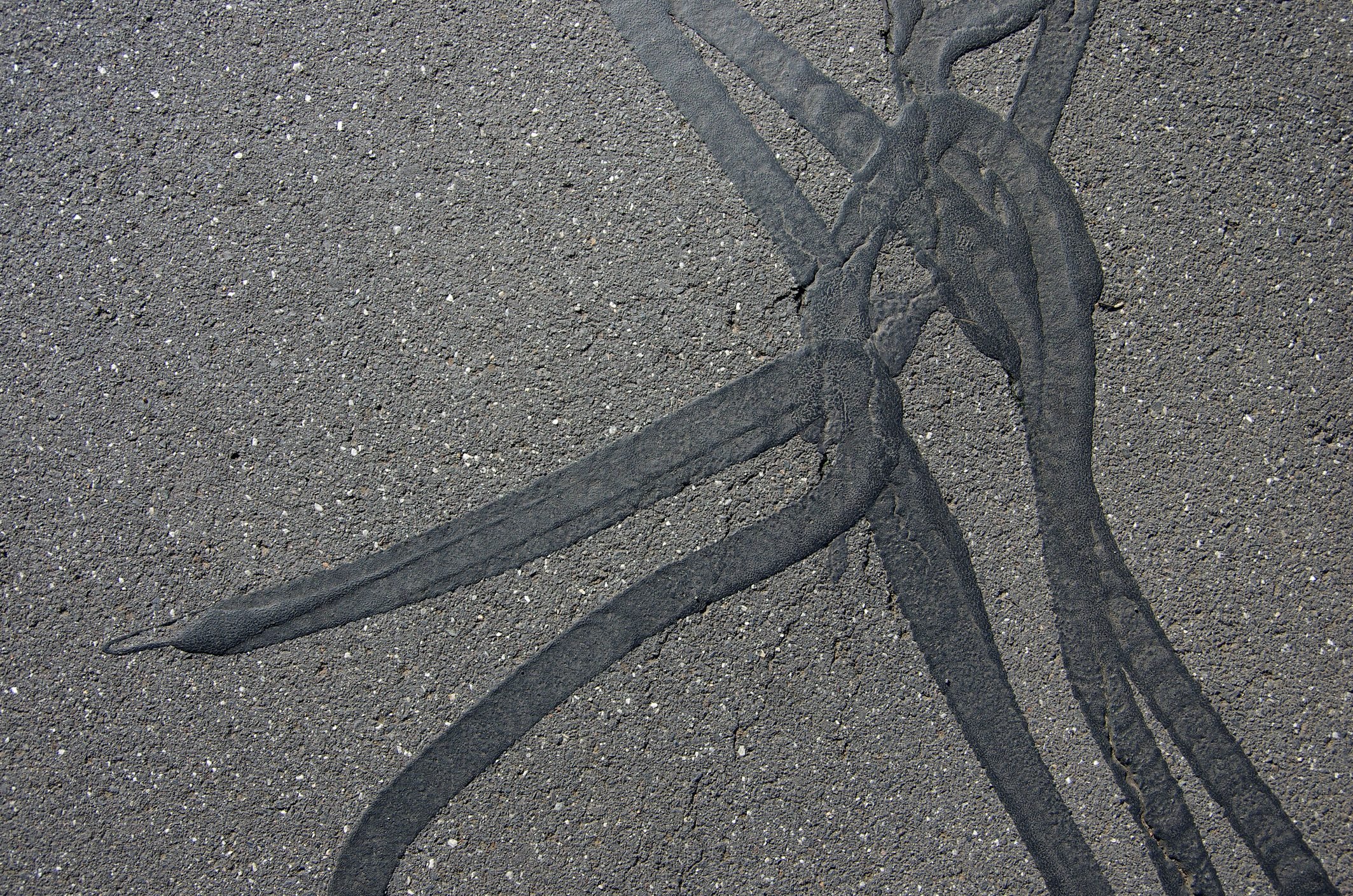
Tar
Harper cringes when he sees work crews up ahead on his route. Sure, tar is necessary to fill cracks in the highways to keep roadways smooth and functioning properly, but you really don’t want it anywhere near your car. It not only looks bad on your paint, but once it’s completely hardened, it’s all but impossible to remove. Tar needs to be dealt with immediately, notes Harper. If you drive through this type of road work, check the lower portions of your car’s paint at your first opportunity, “paying close attention to the areas behind the wheel wells and along the rocker panels (the area below the doors). If you find any little black dots, grab some mineral spirits and a clean rag and get to work. The mineral spirits won’t harm your paint, but they will soften uncured tar enough that it can be rubbed out.”
If the tar is more cured, he adds, see a professional detailer ASAP. Most have the equipment and chemicals to safely remove the tar without damaging the paint. Next, find out the other things you’re doing to your car that mechanics wouldn’t.
Sources:
- Kaitlyn Short, Senior Content Editor for BestCompany.com’s automotive vertical
- Lauren Fix, founder of Car Coach Reports
- Cars.com: “How to: Get Rid of Tree Sap on Your Car”
- Zach Shefska, cofounder and CEO of Your Auto Advocate
- Zoriy Birenboym, CEO of eAutoCollision.com and eAutoLease.com
- Rob Harper, Director of U.S. Retail Operations at Ziebart International Corporation
- Thomas Pederson, owner of Vekhayn
- Car Insurance Comparison: “Claim a Scratch On Your Car Insurance”
- Utah Auto Spa: “How Extreme Heat and Extreme Cold Can Damage Your Car”
